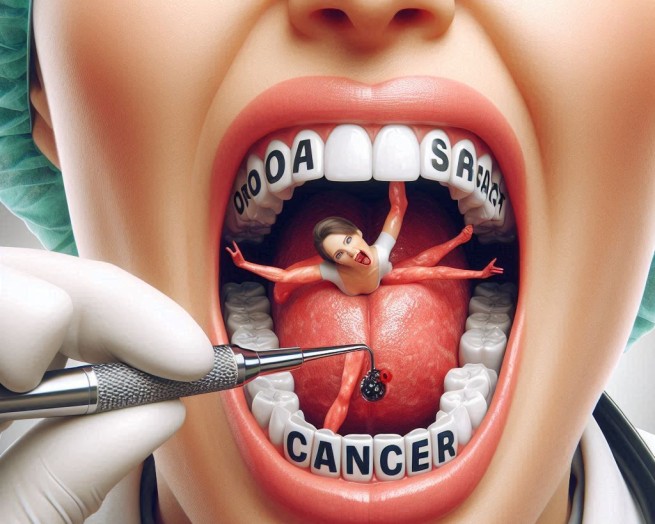Coronavirus research does not stop for a moment to obtain the maximum data about it. Information is becoming more and more complete, including about the characteristics of infection and the course of infection in children.
In South Korea, scientists have concluded that adolescents from 10 to 19 years old are full-fledged carriers of the coronavirus and successfully transmit it to others. A slightly different picture with children under 10 years old – they also transmit the infection, but much less often than adults. The experts’ conclusions are unambiguous: even with minor symptoms of malaise, it is better to leave the child at home, preventing the spread of a possible infection.
Children of any age are capable of becoming infected with COVID-19, but only one in ten will show symptoms of the disease. Children are infected less often than adults, which scientists explain by the reduced number of ACE2 receptors in the nasal mucosa – it is them that the virus chooses as assistants for penetration into the body. Unable to gain a foothold, the virus is defeated and looks for a new victim.
In most sick children, the infection resembles a banal ARVI – a runny nose, cough, fever, muscle pain. The gastrointestinal form is often noted, with diarrhea, vomiting, and abdominal pain. One to two weeks – this is, basically, the duration of the disease in children.
However, the severe form of COVID-19 is far from an exception, sometimes the child needs hospitalization. At risk are children with diseases such as congenital heart disease, type II diabetes, metabolic disorders, and some genetic problems. Babies of the first year of life are also seriously ill. Experts believe this is due to the immaturity of their immune systems and smaller airways.
Chinese scientists have conducted a study of 2,100 children with a confirmed diagnosis of coronavirus, starting from late December last year to early February this year. The results showed that the severe form of the disease was observed in 11% of infants under one year old, 7% of children aged 1-5 years, 4% from 6 to 10 years old, 4% of children 11-15 years old, 3% of adolescents from 16 years old.
It is important for parents to understand and remember that the absence of symptoms in children does not mean that they are not a source of infection for others. Protect yourself and your child from the spread of COVID-19 by following the simple recommendations of specialists – following the rules of personal hygiene, observing social distance. If possible, do not take your baby with you to the supermarket or other crowded places.






More Stories
Shocking report from Japanese scientists: “Cancer deaths increase sharply after mass Covid vaccination”
Study: Scientists have discovered why children are more susceptible to coronavirus
22 arrests and confiscations took place in Italy and other EU countries in the case of "covid" EU funds (video)